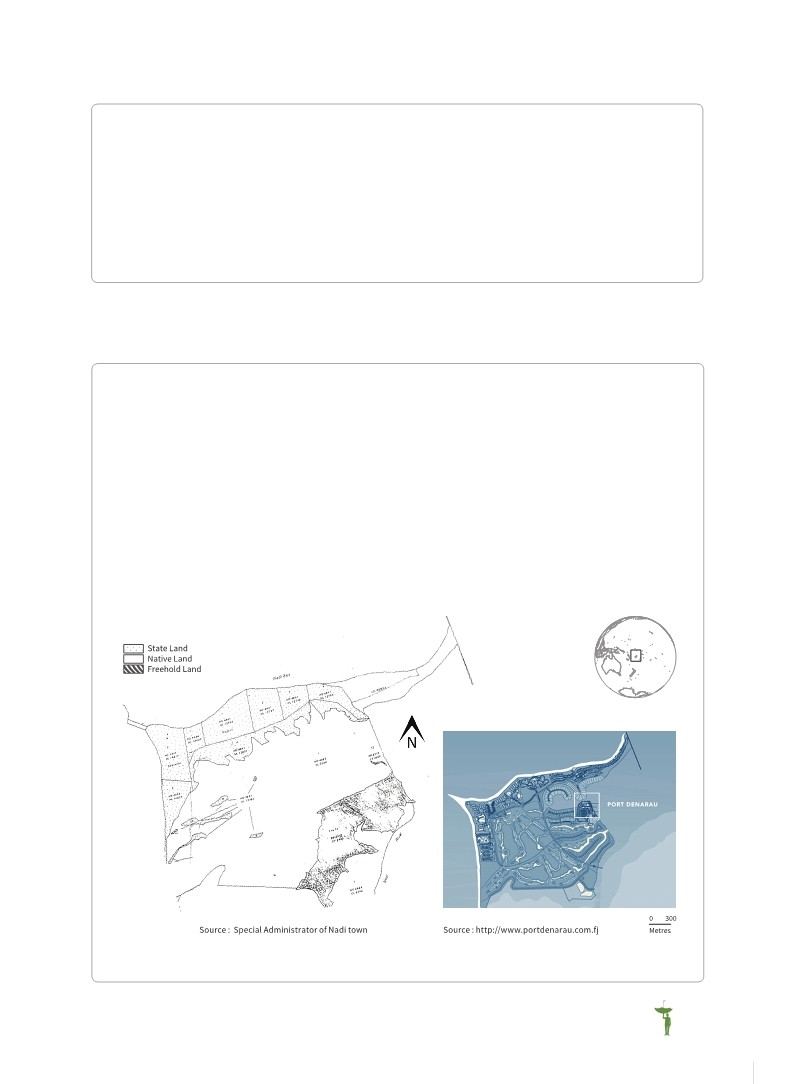 |
Global Assessment Report on Disaster Risk Reduction 2013
From Shared Risk to Shared Value: the Business Case for Disaster Risk Reduction |
 |
Global Assessment Report on Disaster Risk Reduction 2013
From Shared Risk to Shared Value: the Business Case for Disaster Risk Reduction |
|
|


|

145
Box 9.1 Losing out on post-disaster recovery: micro, small and medium enterprises in Arugam Bay, Sri Lanka
(Source: Robinson and Jarvey, 2008)
The local economy of Arugam Bay in Sri Lanka, dependent to a large extent on tourism and fishing, was devastated by the 2004 Indian Ocean tsunami that wreaked havoc on the coast. The particular impact on micro and small and medium enterprises (SMEs) and those that worked in these was quickly recognised; special initiatives were designed to help those affected to recover quickly. However, interest to also boost the more formal, commercial tourism sector during reconstruction led to much of the government’s support for the sector going into large investments geared towards marketing the country’s beaches as an up-market, boutique tourism destination. As a result, small entrepreneurs and businesses as well as fishing communities were insufficiently involved in the recovery processes and their livelihood recovery was severely hampered.
Box 9.2 A blueprint of investment-driven risk accumulation in the tourism sector – the case of Denarau, Fiji
The 2009 floods that affected Fiji resulted in high economic costs that were borne almost exclusively by small businesses and households. About US$143 million were lost by small businesses and another US$7 million by households. In March 2012, more floods led to more devastation and only two months after the floods, the Nadi Chamber of Commerce reported that 46 small businesses (one-fifth of all small and medium businesses registered with the Chamber) had to close down because of damage to buildings or destruction of stock; only a handful eventually reopened. Tourism development in Denarau has resulted in Nadi attracting more investments, people and businesses, which meant an increase in exposure of assets. The Pacific Catastrophe Risk and Financing Initiative (PCRAFI) surveyed the Nadi area, noting that financial exposure of physical infrastructure in the area could be estimated at US$2.3 billion. The physical landscape of the island has changed dramatically over time, creating new risks and exacerbating existing exposure (Figure 9.3). Figure 9.3 Denarau before and after tourism development
(Source:
 Bernard and Cook, 2012 Bernard and Cook, 2012 Bernard, K. and Cook, S. 2012.,Tourism Investment Choices and Flood Risk: Illustrative Case Study on Denarau Island Resort in Fiji., Background Paper prepared for the 2013 Global Assessment Report on Disaster Risk Reduction., Geneva,Switzerland: UNISDR. Bernard, K. and Cook, S. 2012.,Tourism Investment Choices and Flood Risk: Illustrative Case Study on Denarau Island Resort in Fiji., Background Paper prepared for the 2013 Global Assessment Report on Disaster Risk Reduction., Geneva,Switzerland: UNISDR. Click here to view this GAR paper. |



 |
